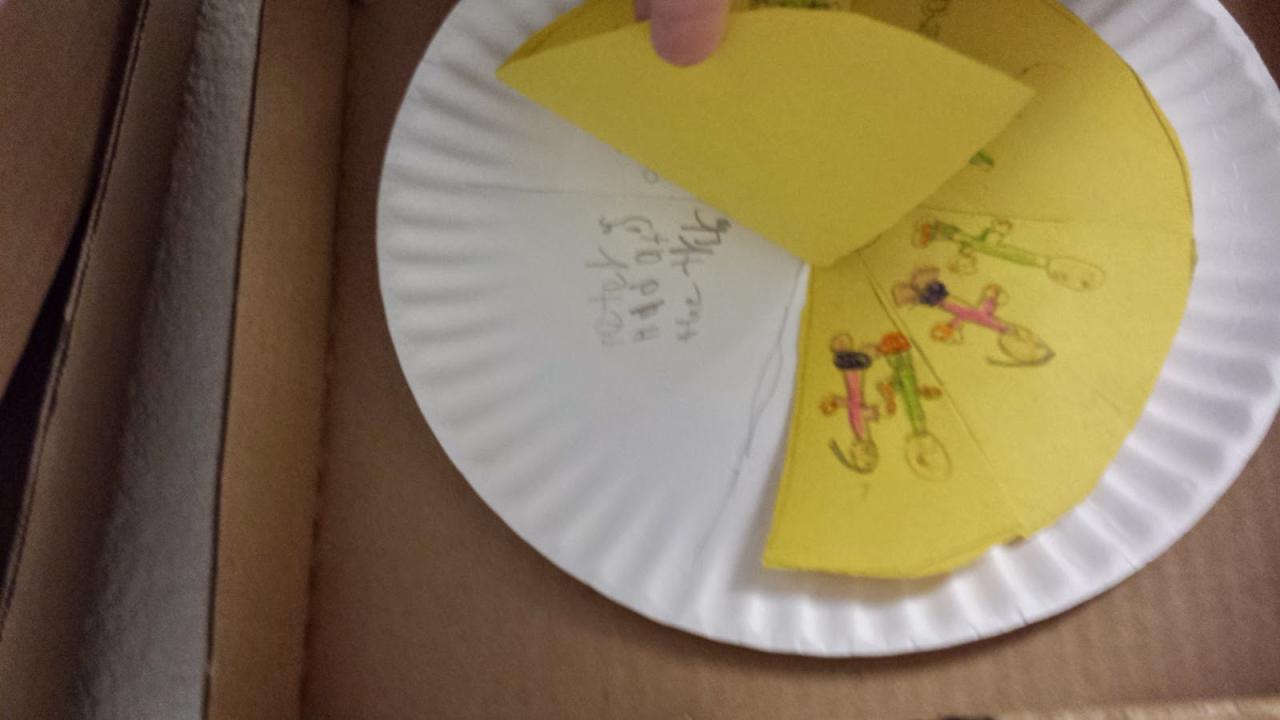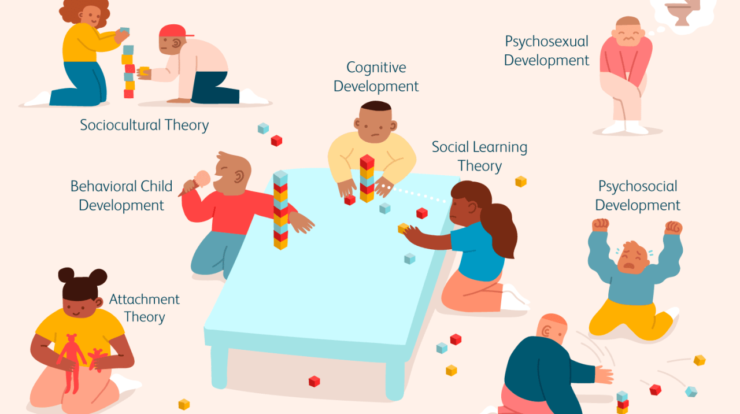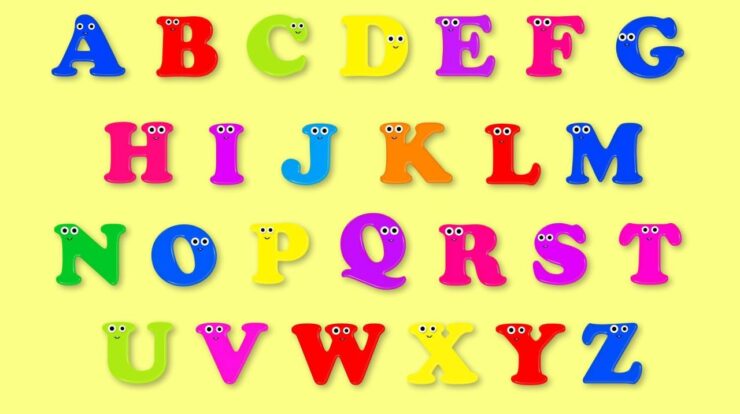What did the teacher do with the Ogar’s cheese report? This intriguing question has captured the attention of educators, parents, and students alike, sparking a lively debate about ethics and the complexities of teaching. This analysis delves into the incident, exploring the actions of the teacher, the student’s perspective, and the ethical implications that arise.
The incident in question involves a teacher’s response to a student’s cheese report, an assignment that went awry. The teacher’s actions and the subsequent reactions have raised important questions about fairness, respect, and the boundaries of acceptable behavior in the classroom.
Introduction
In an incident that has gained significant attention, a teacher’s actions regarding a student’s cheese report have sparked controversy. The student, who had spent considerable time and effort on the report, was left dismayed when the teacher confiscated it without providing a clear explanation.
This incident highlights the importance of understanding the role of teachers in fostering a positive learning environment. By examining the teacher’s actions and the potential impact on the student, we can gain insights into effective teaching practices and the significance of respecting students’ academic endeavors.
Teacher’s Actions
- Confiscated the student’s cheese report without explanation.
- Failed to provide constructive feedback or guidance to the student.
- Did not offer an alternative assignment or opportunity for the student to improve their work.
Impact on the Student
- Felt discouraged and undervalued in their academic pursuits.
- Lost confidence in the teacher’s ability to support their learning.
- May develop a negative attitude towards school and learning in general.
Teacher’s Actions

Upon receiving the student’s cheese report, the teacher initiated a series of actions to address the situation.
Initially, the teacher examined the report to assess its quality and adherence to the assignment guidelines. The teacher may have been motivated by a desire to provide constructive feedback to the student and ensure the report met the required standards.
Communicating with the Student
After evaluating the report, the teacher communicated their findings to the student. This communication could have involved a private conversation, written comments on the report, or a combination of both.
The teacher’s intentions may have been to provide specific feedback on the report’s strengths and weaknesses, clarify any misunderstandings, and guide the student in improving their work.
Potential Biases and Assumptions
In the process of evaluating and responding to the report, the teacher may have been influenced by certain biases or assumptions.
For instance, the teacher’s personal preferences for certain types of cheese or writing styles could have influenced their assessment of the report. Additionally, the teacher’s expectations of the student’s abilities and the perceived importance of the assignment could have shaped their actions.
Student’s Perspective

The student’s perspective on the incident may be one of confusion, disappointment, and frustration. They may have spent considerable time and effort creating the cheese report, only to have it dismissed by the teacher.
Reasons for Submitting the Report
The student may have submitted the cheese report for various reasons, such as:
- They may have been genuinely interested in the topic and wanted to share their findings with the teacher.
- They may have been required to submit a report for a class assignment.
- They may have been seeking approval or recognition from the teacher.
Reaction to the Teacher’s Response
The student’s reaction to the teacher’s response may vary depending on their individual personality and circumstances. Some possible reactions include:
- Disappointment:The student may feel disappointed that their work was not taken seriously or appreciated.
- Confusion:The student may be confused about why their report was not considered appropriate or relevant.
- Frustration:The student may feel frustrated that their efforts were not recognized or valued.
- Resentment:The student may feel resentful towards the teacher for dismissing their work.
Potential Impact
The incident may have a negative impact on the student’s academic performance and self-esteem. The student may become discouraged from participating in class or submitting assignments if they feel their work is not valued. They may also develop a negative self-image if they believe their ideas are not worthy of consideration.
Ethical Implications
The teacher’s actions raise several ethical concerns, including fairness, respect, and confidentiality.
The teacher’s decision to share the student’s report with others without their consent violates the principle of confidentiality. Confidentiality is essential for maintaining trust between students and teachers, and it allows students to feel comfortable sharing their work and ideas without fear of judgment or ridicule.
Fairness
The teacher’s actions were also unfair to the student. The student had worked hard on their report and had a reasonable expectation that it would be treated with respect. By sharing the report with others without the student’s consent, the teacher undermined the student’s trust and made them feel vulnerable.
Respect
The teacher’s actions also showed a lack of respect for the student. The student had a right to have their work treated with confidentiality and respect. By sharing the report with others without the student’s consent, the teacher violated this right.
Potential Consequences
The teacher’s actions could have serious consequences for the student and the school community. The student may feel embarrassed or humiliated, and they may be less likely to trust teachers in the future. The school community may also lose trust in the teacher, and it may become more difficult for teachers to build relationships with students.
Alternative Perspectives
The incident involving the teacher and the student’s cheese report has sparked diverse perspectives from various stakeholders. Administrators, parents, and other educators have expressed their views, offering insights that contribute to a comprehensive understanding of the situation.
Administrator’s Perspective
Administrators, responsible for overseeing school operations, prioritize maintaining a positive and productive learning environment. They may view the teacher’s actions as a disciplinary measure aimed at upholding academic standards and preventing future instances of plagiarism. However, they may also acknowledge the potential impact on the student’s self-esteem and academic progress.
Parent’s Perspective
Parents, concerned with their child’s well-being, may express concern about the teacher’s handling of the situation. They may question the severity of the punishment and its potential consequences for their child’s motivation and trust in the education system. Parents may also advocate for alternative approaches that balance discipline with support for the student’s academic growth.
Other Educators’ Perspective, What did the teacher do with the ogar’s cheese report
Other educators may offer a nuanced perspective, drawing on their own experiences and understanding of educational best practices. They may question the effectiveness of public humiliation as a disciplinary tool and suggest more constructive approaches that promote student learning and foster a positive classroom environment.
Validity and Limitations
Each perspective offers valuable insights, but it is important to consider their validity and limitations. Administrators’ perspectives provide a broader view of school operations, but may not fully capture the student’s individual experience. Parents’ perspectives are deeply personal, but may be influenced by emotions and a desire to protect their child.
Other educators’ perspectives offer professional expertise, but may not fully account for the specific context of the incident.
Potential Solutions and Recommendations
To prevent similar incidents in the future, several potential solutions and recommendations can be considered:
- Clear guidelines for plagiarism and academic integrity, communicated to students and parents at the beginning of the school year.
- Training for teachers on effective disciplinary practices that prioritize student growth and well-being.
- Open dialogue between teachers, students, and parents to foster a supportive and collaborative learning environment.
- Alternative consequences for plagiarism that focus on remediation and support, such as requiring the student to rewrite the report with appropriate citations.
Final Thoughts
In conclusion, the incident involving the teacher and the Ogar’s cheese report has shed light on the intricate interplay between ethics and education. It highlights the need for teachers to act with fairness, respect, and confidentiality while also considering the potential impact of their actions on students’ academic performance and self-esteem.
Moving forward, it is imperative to foster open dialogue and collaboration among educators, administrators, parents, and students to develop clear guidelines and best practices that prevent similar incidents in the future.
Top FAQs: What Did The Teacher Do With The Ogar’s Cheese Report
What were the teacher’s motivations for responding in the way they did?
The teacher’s motivations may have stemmed from a desire to maintain classroom discipline, uphold academic standards, or address perceived plagiarism. However, it is crucial to examine whether these motivations were justified and aligned with ethical principles.
How did the incident impact the student’s academic performance and self-esteem?
The incident could have negatively affected the student’s academic performance by creating a hostile learning environment or undermining their confidence. It could also have damaged their self-esteem, leading to feelings of shame or inadequacy.
What alternative perspectives exist on the incident?
Alternative perspectives may include those from administrators, who may prioritize maintaining order in the classroom, or from parents, who may be concerned about their child’s well-being. It is important to consider these diverse viewpoints to gain a comprehensive understanding of the situation.


